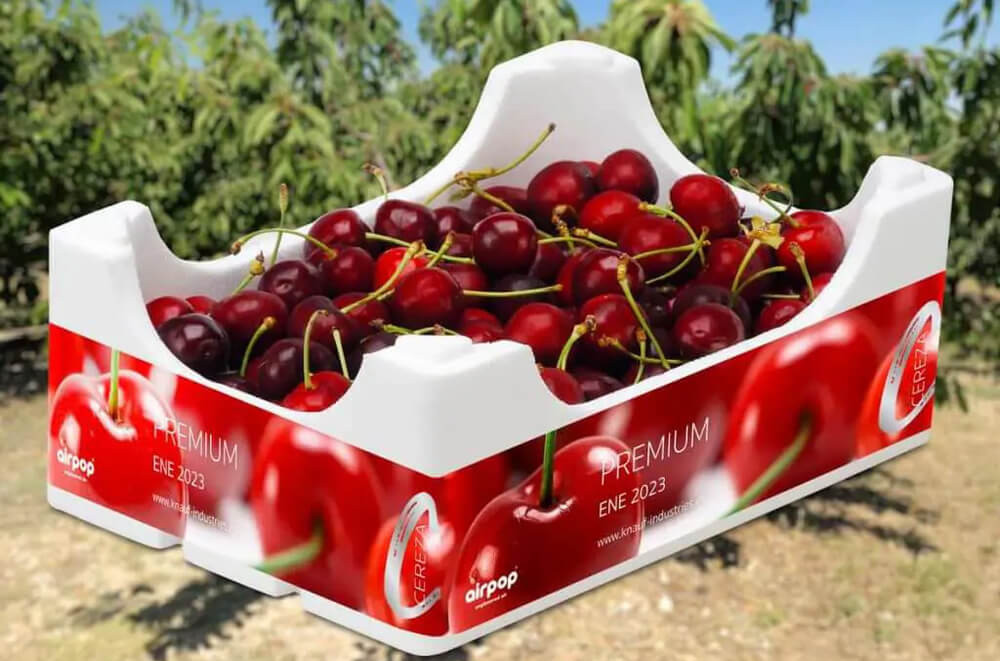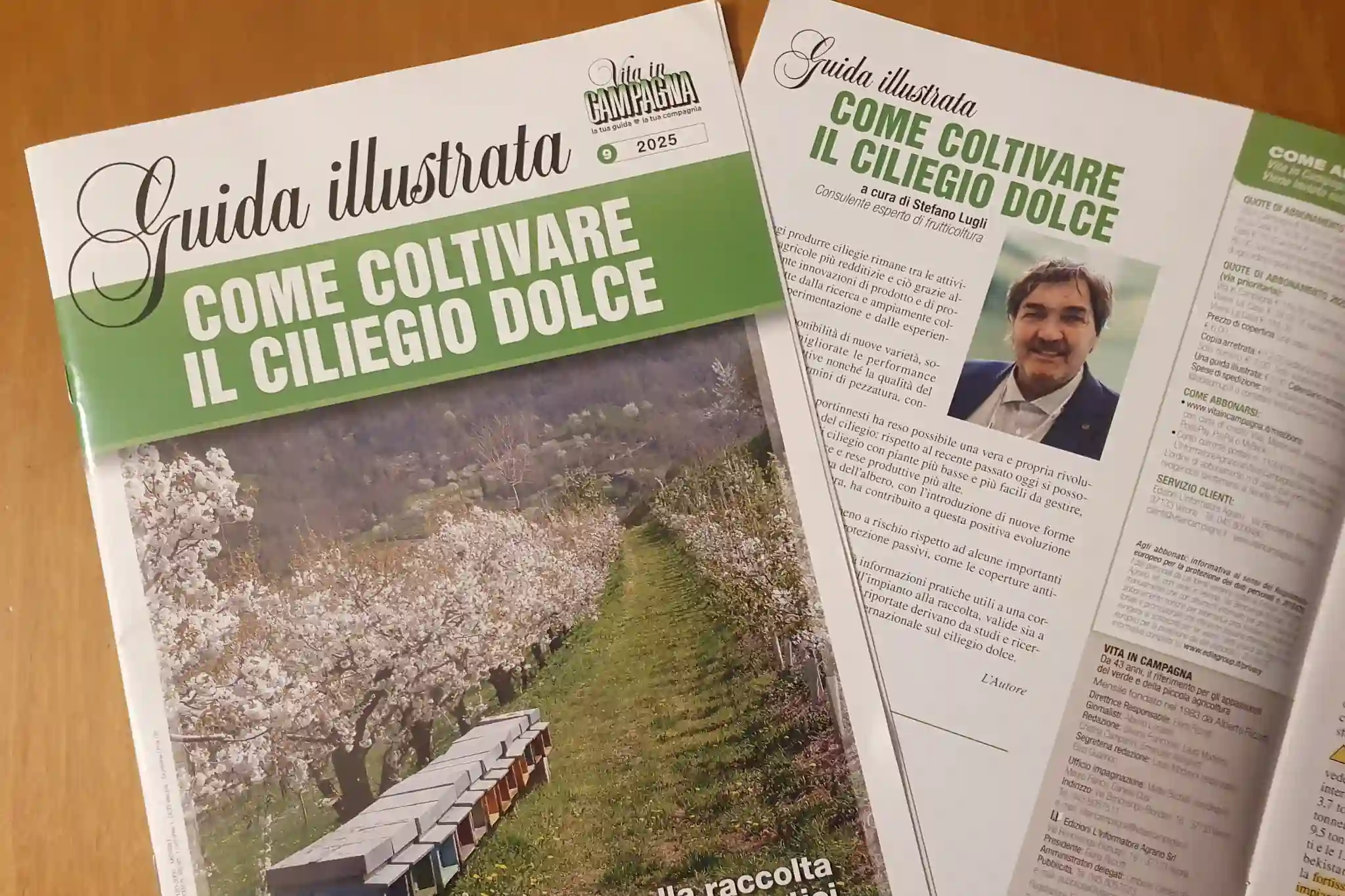Brown rot is a disease caused by several fungi belonging to the Monilinia genus, with Monilinia laxa being the primary species. This fungal disease is among the most problematic aBecting cherry and plum, with significant impacts on fruit quality and post-harvest losses.
A recent study, aiming to identify alternative and more sustainable solutions to conventional chemical treatments, analyzed the eBicacy of various biopesticides, fungicides, and indigenous microbial strains for disease containment.
The study evaluated five commercial biopesticides: BioPK, BoniProtect, Trianum, PreStop, and Serenade, along with two unformulated local strains, Bacillus subtilis B91 and Aureobasidium pullulans Y126, comparing them with Indar (a fungicide based on fenbuconazole) and Rovral, used as control treatments.
Application conditions and results
The products were tested at two application times: before (preventive) or after (curative) pathogen inoculation; and under three diBerent conditions: artificially inoculated fruits, non-sterilized fruits with natural infections, and during storage at controlled temperature (1°C) or at room temperature (ca. 20°C).
The results confirmed the high eBicacy of Indar, which completely inhibited M. laxa infection in both cherries and plums, regardless of application timing, cultivar, or wound type.
In contrast, most commercial biopesticides showed limited eBicacy. Only Serenade, based on B. subtilis QST 713, demonstrated partial activity when applied preventively.
The local strains B91 and Y126 also exhibited inhibitory action, but only under cold conditions (1°C). However, their eBectiveness dropped drastically when the treated fruit was subsequently exposed to room temperature for one week, highlighting limitations in the persistence and competitiveness of biocontrol under dynamic post-harvest conditions.
Limits of post-harvest applications
In post-harvest tests on naturally infected fruits, none of the biocontrol treatments reduced disease incidence. Only Rovral achieved a statistically significant, though modest, reduction.
This indicates that in the presence of latent infections originating in the field, post-harvest applications are ineBective. Pre-harvest treatments proved to be the only biological strategy capable of reducing such infections and mitigating storage losses.
The study also showed that environmental conditions strongly influence outcomes: low post-harvest temperatures slowed the development of M. laxa and favored biocontrol agents.
Storage conditions and final considerations
However, subsequent exposure to ambient temperature often led to disease resurgence, indicating that pathogens can prevail when conditions become favorable again. Consequently, the sole application of biopesticides cannot fully replace eBective cold chain management.
In conclusion, the study suggests that biopesticides, particularly Serenade, B91, and Y126, can be valuable tools in the pre-harvest phase to reduce latent infections by Monilinia laxa, especially when applied shortly before ripening, when fruits are most susceptible.
However, their use post-harvest is insuBicient to eBectively control the disease, and must be integrated with sound storage management (and, where permitted, with selective fungicides). Moreover, selecting locally adapted microbial strains appears to be a promising strategy to enhance the eBectiveness of biocontrol approaches.
Source: Rungjindamai, N., JeBries, P., & Xu, X. (2025). EBicacy of biopesticides and fungicides against brown rot on cherry (Prunus avium) and plum (Prunus domestica). Biocontrol Science and Technology, 35(5), 479-499. https://doi.org/10.1080/09583157.2025.2473729
Image source: Netreefruit
Andrea Giovannini
University of Bologna (ITA)
Cherry Times - All rights reserved












